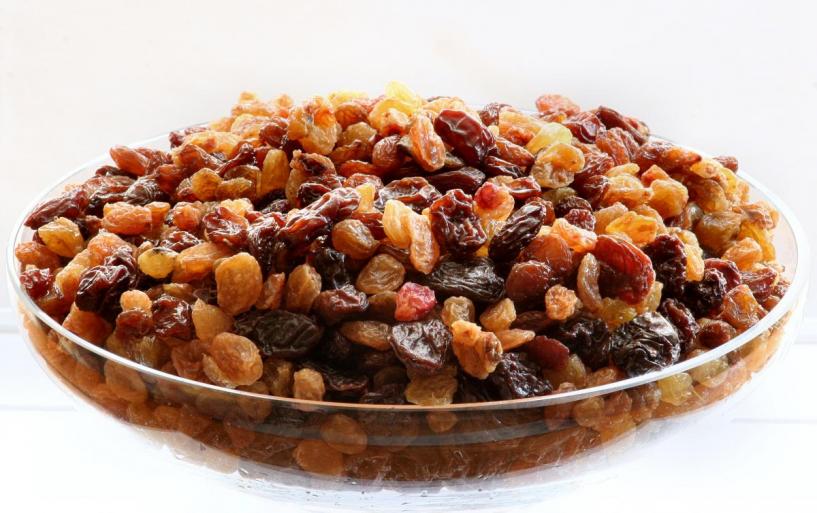Constipation is no fun for anyone, but for patients with cancer this all-too-common side effect is especially troublesome. Infrequent bowel movements (less than three times per week), hard stools, straining during evacuation, or a feeling of incomplete emptying are all signs of constipation. Lack of mobility, dehydration, and tumors blocking or pressing against the bowel or nerves can all lead to constipation. Pain medications, like morphine, hydromorphone, and hydrocodone, slow down the movement of stool through the bowel, resulting in opioid-induced constipation. Oncology nurses need to know how to advise patients when they bring up this somewhat uncomfortable subject.
If you clicked only for the recipe, scroll to the bottom (pun intended) of this post.
First, determine the most likely cause of constipation. Opioid-induced constipation is sometimes treated differently than other types of constipation. Several disease states and metabolic problems can also cause constipation, so the more you know about the underlying factors, the more helpful your recommendations will be.
Once you have asked the right questions, look at patients' current health and mobility status. Bulk laxatives may not be the preferred treatment for less-mobile patients, and magnesium-containing laxatives could be detrimental if electrolyte imbalances are already a problem. Lifestyle modifications typically take time to work; but, combined with a therapeutic regimen, they can offer quick and lasting improvement. A good place to start is with what patients have previously found helpful.
Over-the-Counter Remedies
Onset of action for the listed medications is 12–72 hours. Unwanted side effects such as cramping, diarrhea, bloating, and gas can happen prior to constipation relief.
- Stool softeners (e.g., docusate) work by drawing water into the stool to help reduce bowel wall friction and the need for straining.
- Fiber/bulk-forming agents (e.g., psyllium fiber, methylcellulose) hold water in the stool making it heavier and easier to move down the system.
- Osmotic agents (e.g., polyethylene glycol 3350) stimulate peristalsis by promoting secretion of water into the colon wall.
- Stimulant laxatives (e.g., bisacodyl, senna) also promote water secretion into the colon and increase intestinal motility.
- Saline laxatives (e.g., magnesium citrate) increase motility through osmosis of water into the colon.
Prescription Therapies
Two medications are approved in the United States for constipation caused by irritable bowel syndrome and idiopathic constipation: linaclotide and lubiprostone. Methylnatrexone is indicated for opioid-induced constipation when laxative therapy has been unsuccessful. Methylnatrexone binds to mu-receptors in the gut but does not cross the blood-brain barrier, so the constipating effects of the opioid are reduced without affecting pain control.
Lifestyle Modification
As you can see, water in the colon is vital for successful elimination. Encourage patients to stay well hydrated (1.5–2 liters per day) and increase activity as tolerated—if there is a magic bullet, these two interventions qualify. A fiber-rich diet is also helpful (e.g., whole grains, bran, vegetables, fruit, nuts), but as we all know, during cancer therapy, appetite can suffer and make it difficult for patients to consume enough nutrients in general.
Ensure Adequate Symptom Management for All Patients
The second edition of A Guide to Oncology Symptom Management is a comprehensive, evidence-based resource to lead oncology nursing practice, education, and research. Each chapter addresses a particular symptom, such as pain or fatigue, or an area of impact, such as spirituality or electrolyte imbalances.
The first update in 10 years, the fifth edition of the Core Curriculum for Oncology Nursing and the companion study guide are more great resources for staying current and prividing the best care possible to patients with cancer.
Add these essential books to your medical library today!
Old-Time Recipe
Maybe you have heard of it, but Yakima Fruit Paste was a new find for me. I discovered it while looking through a palliative care symptom management book. I decided to make some to see how challenging it was to prepare and if the remedy really worked.
My conclusion was that it was easy to make, very effective, makes enough fruit paste for the neighborhood, and it really does keep in the freezer without freezing.
Made in the pharmacy or the kitchen, constipation remedies are plentiful. Help your patients find the right routine for them. Learn more about evidence-based recommendations for the prevention and management of constipation from the ONS Putting Evidence Into Practice resources.
Yakima Fruit Paste Recipe
Recipe source
Dose: 1–2 tablespoons per day
1 pound prunes 4 ounces senna tea leaves*
1 pound raisins, pitted 1 cup brown sugar
1 pound figs 1 cup lemon juice
1. Prepare tea. Use about 2 1/2 cups boiled water added to tea and steep five minutes.
2. Strain tea to remove tea leaves, add only one pint of tea to a large pot, and then add fruit.
3. Boil fruit and tea for five minutes.
4. Remove from heat and add sugar and lemon juice. Allow to cool.
5. Use hand mixer or food processor to stir fruit mixture into smooth paste.
6. Place in plastic container and place in freezer (paste will not harden).
7. Spoon out what you require each day.
Enjoy eating fruit paste straight off the spoon. Spread it on toast, or add hot water and make a drink.
If the fruit paste is not working (no bowel movements), then increase the amount of fruit paste each day.
If the fruit paste induces very loose stools, cut down on the amount of fruit paste intake. Consider taking it every other day in some cases.
*The recipe specifically states using tea leaves and it is best to follow it exactly as directed, but one tea bag is equivalent to about 1 ounce of tea.






